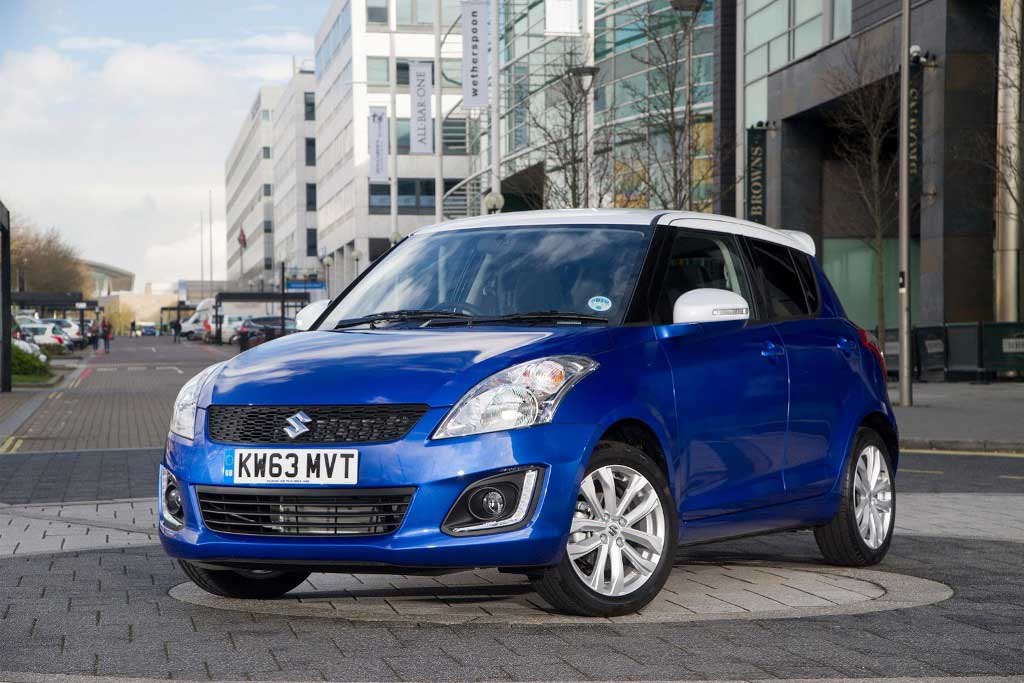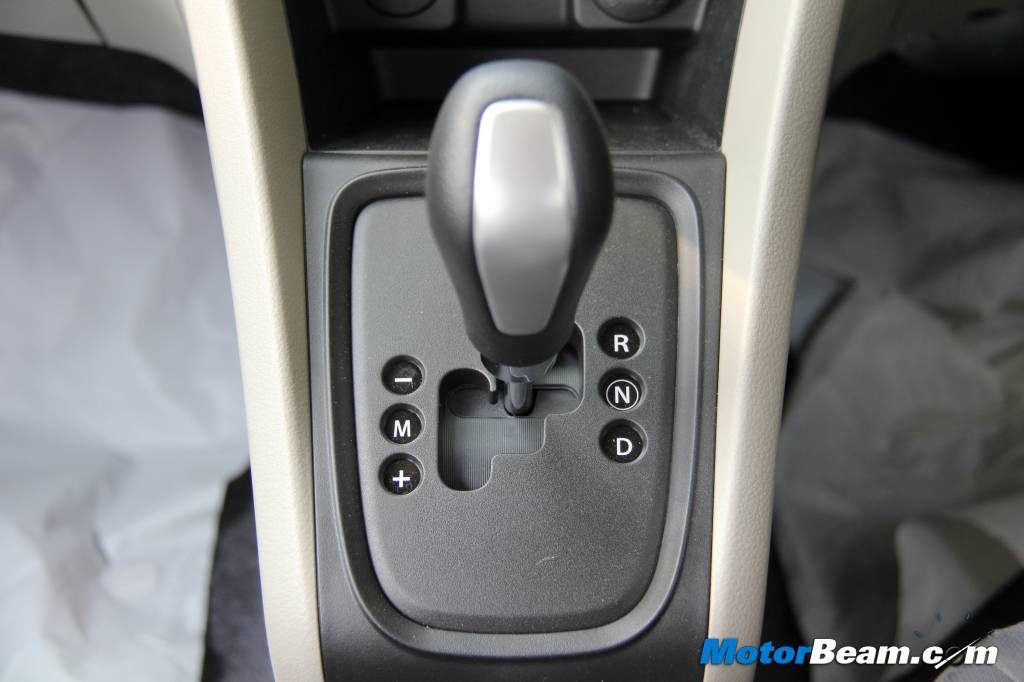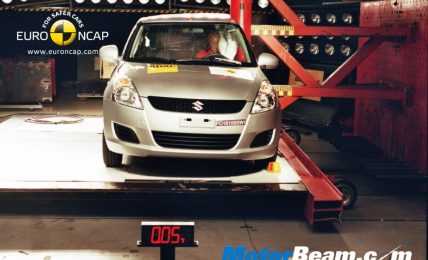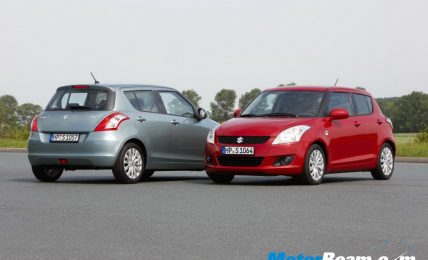The Celerio’s immense success catapulted the demand for automatic vehicles in the country. Costing just a fraction more than its manual counterpart, Maruti hit the bull’s eye by launching the AMT equipped Celerio in India that not only managed to deliver impressive fuel economy but also ease of driving across heavily congested roads. With the potential that automatic vehicles hold in the country, Maruti plans to capitalise further and will launch the Swift automatic on 16th September across the country.
While the Swift’s booted half the DZire comes with an automatic transmission, Maruti refrained from giving the Swift the same treatment. However, owing to the growing demand of automatic vehicles in the country, the automaker will be launching the Swift Automatic with the 4-speed automatic from the DZire and not an AMT unit. The 4-speed unit is smoother, more refined and will also be a better competitor against the rivals in the segment. Moreover, the Swift is Maruti’s flagship hatchback in the country and the automaker would want to reserve the AMTs for its smaller vehicles. It is unclear though if Maruti will launch the automatic variant on the facelifted model.
Apart from the Swift, Maruti Suzuki will also update the Alto 800 this year. The Alto 800 facelift is scheduled to be launched in the last quarter of 2014 between October and December and will be priced marginally higher than the current model. The automaker also plans to introduce the Alto K10 AMT in the first quarter of 2015 that will further bring in sales for the company. Tata will also bring the Nano AMT version by the end of this year, while the Bolt will get it in the first half of 2015. Mahindra had announced the Quanto AMT version at the Auto Expo in February this year that is also scheduled to launch in the first quarter of 2015. Nissan will also use the AMT gearbox on an upcoming vehicle that will make its debut in 2016.
The US four-wheeler market comprises of 95 percent of cars sold as automatics, while automatic cars in Europe comprise of 65 percent of total cars sold annually. However, the Indian market is drastically different and our inclination has been always towards manual. Not only have they been more frugal but also cheaper to own in comparison to an automatic. While the world is dominated by automatic vehicles, only 2 percent of the cars sold in India turn out to be automatics which include luxury vehicles and smaller mass market cars. With rising trend and the sheer convenience automatic vehicles provide, the trend is most likely to change in the future.
Source – Economic Times





